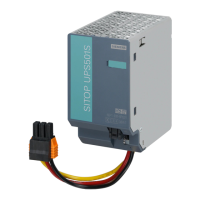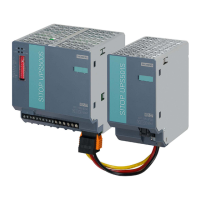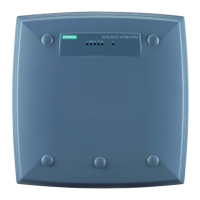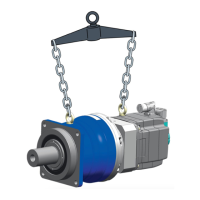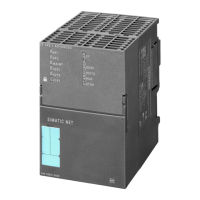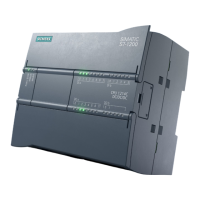Sample switchover between raw gas / pure gas
The sensor only functions correctly if the values at the measuring point do not greatly dier from
one another. We cannot recommend switching over between measuring points on the raw gas
side (high H
2
S concentration) and the pure gas side (low H
2
S concentration), since the
dierence between the H
2
S concentrations of the two gas ows is too large for a reliable
measurement.
Pressure inuence
Abrupt changes in pressure must be avoided. Although the sensor compensates pressure
variations within approx. 20 seconds, it cannot handle pressure surges which may occur when
switching over between samples.
Flow
The sample gas should ow continuously and at a constant rate, also during an AUTOCAL. While
an AUTOCAL is being carried out, the sample gas ow must be diverted by means of appropriate
valve switching.
Reason: H
2
S is highly soluble in water and accumulates in the condensate. This accumulation
increases as the sample gas pressure increases. This eect can result in signicant delays in the
response time.
Gas moisture
The calibration gas must have the same moisture as the sample gas.
If the sensor is used with a very dry gas for a longer period, e.g. when feeding biogas into the
natural gas network, it is necessary to carry out an AUTOCAL with ambient air every 60 minutes.
The dew point of the air should be in the range of approx. 9 °C ... 12 °C (48°F ... 54°F). The
AUTOCAL purge time should be at least 5 minutes. This prevents premature drying-out of the
sensor.
H
2
inuence
Due to its internal design, the H
2
S sensor is immune to the inuence of H
2
.
NH
3
inuence
Loading of 300 vpm NH
3
results in destruction of the H
2
S sensor within 2 to 3 days.
AUTOCAL / zero
An AUTOCAL of the zero point should be carried out every 60 minutes. On the one hand, this is
used to protect the sensor, but it also compensates the inuence of temperature variations
during the day.
Application note
ULTRAMAT 23
164 Equipment Manual, 04/2022, A5E37100388-012

